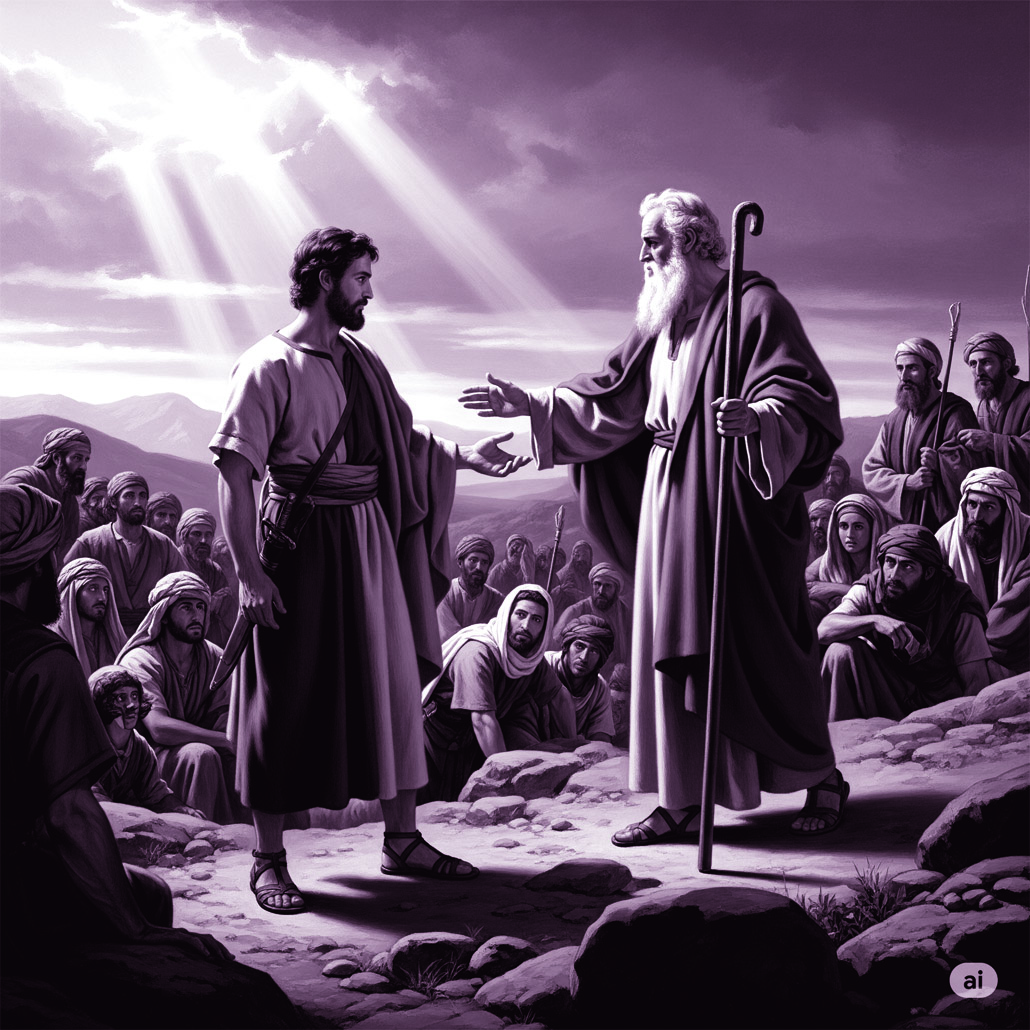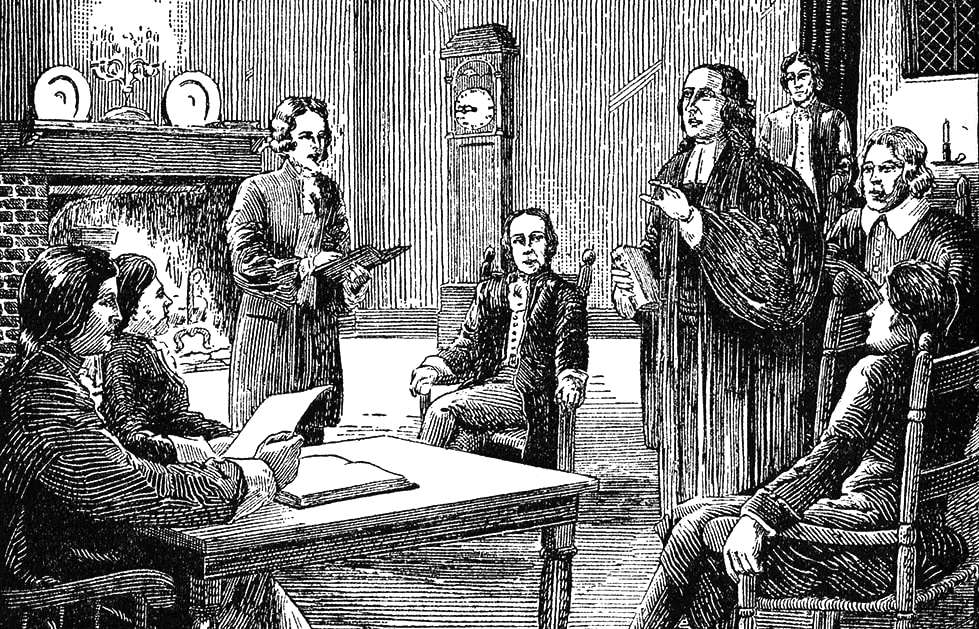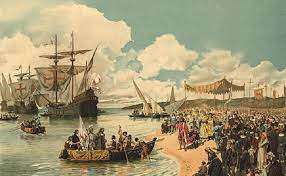

Pentecostalism: The Emergence of A Constellation in World Christianity
Pr. Abraham Chacko
Every night sky spreads darkness, even as the earth continues to revolve around the sun. But the stars that reflect the light of the sun, bring a beautiful glow, sparkling and beaming their bright sheen to every corner of the universe. Pentecostalism arose in world Christendom as a beacon of hope and succor, burning bright through the men and women who served as its luminaries.
Pentecostalism has maintained its momentum as the fastest-growing edge of Christendom, traversing social barriers and well-entrenched cultural norms. The speed of its spread appears all the more remarkable when one recalls in how short a period of time this movement has achieved its global scale. It is regarded as an active agent of globalization; as a transnational movement characterized by fluidity, innovation, and practicality within the context of an increasingly complex and plural world order.
The spark of holy fire that led to the emergence of the Pentecostal movement in the first decade of the 20th century was ignited in revivalist meetings in multiple locales around the world, that heralded the renewed work of the Spirit. During the late 19th and early 20th centuries, there existed a lingering expectation of a worldwide outpouring of the Spirit, with accompanying miracles. Many Protestant missionaries in Asia and Africa were aware that their efforts had been met with few converts and the most significant achievements were the medical and philanthropic activities they had engaged in. This backdrop set the stage for the Pentecostal fire.
Pentecostalism was a movement that took on characteristics of those revival movements that preceded it. Echoing the prophet Joel, Pentecostalism was seen as a fulfillment of prophecy, an end-time, worldwide, cataclysmic event that would result in ordinary people in every culture understanding and experiencing in particular, the gifts and manifestations of the power of the Holy Spirit. From its inception, Pentecostalism showed a strong missionizing impulse, one given theological urgency by the conviction that the end times might be near.
The revival at Azusa Street in California, USA, at the turn of the 20th century, served as a fulcrum that propelled a missional impetus, unmatched by any other contemporary mission agency or denomination. The first two decades of the Pentecostal movement were marked by feverish and often admirable and sacrificial missionary activities. This explosion of fervor led to a global starburst of missionary activity. Clutching on to the promise of the power of the Holy Spirit in Acts of the Apostles, the recipients of the Azusa revival spearheaded a blitzkrieg in missionary enterprise.
Hundreds of Pentecostal missionaries set out from North America and Western Europe, especially Britain, Scandinavia, and the Netherlands. By 1910, some 185 Azusa-inspired missionaries labored, and consequently, churches were up and running in various countries in Asia, Africa, and South America. By 1914, only eight years after the Azusa Street revival, there were Western Pentecostal missionaries in over forty countries in Asia, Africa, South America, and in some Pacific and Caribbean islands.
Although the Azusa Street revival was the most significant North American center of early Pentecostalism, it was neither the only one nor the earliest. Local revivals in India were conscious and deliberate attempts by ordinary people to adapt revivalist Christianity to their own local contexts, thereby giving expression to their desire for a more satisfying and relevant religious life. However, the subsequent revival movements in various parts of India, including Travancore, though revolutionary, yet remained limited in scope and significance, with no momentum to be carried forward.
At the end of the 19th century, the native Christians in Travancore were reeling with religious disillusionment and disunity, as helpless recipients of the various crises that they had to face. Court cases, divisions and disputes had crippled their resources, as well as resolve, to carry forward their routine ecclesiastical duties. The men chosen to lead them were as uninspiring as could be, swaying toward any direction that seemed fit for the occasion. Their benefactors, in West Asia, failed to offer any solution to the imbroglio that the church found itself in. Though the Bible was translated into Malayalam, the general Christian populace lacked teachers who could lead them to an effective understanding of Christian doctrines. The Plymouth Brethren's work in Travancore led to the formation of a small group of new believers, who were, nonetheless, unaware of the work of the Holy Spirit.
The Dalits embraced Christianity due to the efforts of the CMS and LMS missionaries, and chose to shed centuries of oppression and subjugation in accepting the new faith. Moreover, the egalitarian outlook of the missionaries brought new hope to the existing Dalit worldview. It also spawned new leaders among them, who spearheaded steps to ameliorate their pitiable social conditions. However, the Dalit Christians soon realized that the casteist mindset was prevalent within the church too. They yearned for a change, a new outlet to their aspirations for a better life. It is in this scenario that the Pentecostal message began to be preached in Travancore, bringing light to a hopeless and dark ecclesial landscape.
The existing dissatisfaction with Christianity revolved around the realization that it is too cerebral and does not manifest itself in acts of power in the Spirit and Spirit possession. The inability of Western missions to be relevant to the daily struggles of ordinary people left people profoundly disillusioned with the form of Christianity that people had embraced. This failure was especially acute in the area of sickness and healing, where the older missions’ response was to simply provide medical facilities when they had the resources, creating a vacuum.
The New indigenous Pentecostal leaders responded vigorously to what they experienced as a void left by rationalistic, older forms of Protestant Christianity. Pentecostal churches have been breaking out of the institutional–traditional Western framework, and evolving into forms that reflect local influence. They strove to develop a faith-based response to the existential struggles unique to their contexts, such as poverty and oppression. Pentecostals did not have social programs, but had a robust in-house support system engaged in voluntary giving and care. The first two decades of the 20th century witnessed a majority of the new adherents to the Pentecostal faith come from the Dalit communities. Pentecostalism has, in particular, appealed to the caste and ethnic minorities, and social classes who lacked political or ideological power. Pentecostal women have been able to discover new identities as part of a loving and caring fellowship. Many Pentecostal women in central Travancore began to emerge as powerful preachers and evangelists, disrupting the patriarchal status quo prevailing in the episcopal churches. Pentecostal fellowships began to serve as trailblazing examples of genuine democratic participation, much before political bodies like the Sree Moolam Assembly permitted universal enfranchisement in the election of its members in 1932, and before the royal proclamation on temple entry in 1936.
Among the first Western Pentecostal missionaries to come to Travancore, George Berg, Robert F. Cook, and Mary Chapman were more prominent. They shone as bright lighthouses, bringing the glorious message of the anointing of the Holy Spirit. The commitment to training national workers was one of Pentecostalism’s strengths. The sprouting of three schools in Travancore, the Bethel Bible School, Zion Bible School and Hebron Bible School, within a span of few years, revolutionized Pentecostal mission, by providing hundreds of native pastors and evangelists. Most of the training programs were easy to access, and so the transition to leadership was relatively simple and rapid. The Hebron Bible School deserves special mention, as it was the first exclusively native initiative in ministerial training. Thousands of pastors went through the rigorous, yet effective, training under its portals. The Hebron training model was emulated by many other native Pentecostal leaders. Today, the India Bible College & Seminary in Kumbanad, holds the reins to the rich legacy of the Hebron Bible School.
Many young men and women in Travancore received the anointing of the Holy Spirit, and became powerful luminaries. Lit with the fire of the Spirit, they blazed new trails in mission. K. E. Abraham stands as a colossal figure among the early native pioneers, as one who led from the front, in planting the Pentecostal message among a religiously emaciated community. He was blessed with many innate talents, that became beneficial to his ministry. K. E. Abraham had the ability to learn languages. At a tender age, he mastered Syriac, the liturgical language of his local church. Abraham got to directly experience the zest and vitality of the ministry of a revival preacher, Sadhu Kochu Kunju Upadeshi. This association immensely helped him later, as he undertook various mission trips by foot, throughout the length and breadth of Travancore. He broadened his English proficiency through his association with K. V. Simon, whose extensive library sharpened and honed his biblical and theological knowledge. Robert F. Cook sensed the potential in K. E. Abraham, right at the very first encounter they had. They shared numerous valuable moments together on the mission field, giving Abraham rich insight to the Western missional approach.
K. E. Abraham shone bright as a star throughout his missionary endeavors. He boldly challenged the skewed teachings of the Brethren, and firmly entrenched the Pentecostal doctrines in the hearts and minds of the believers. Whenever the opportunity arose, Abraham organized public meetings to refute many wrong teachings propounded by skillful preachers. His oratorial prowess is legendary. It not only silenced his staunch opponents, but also veered them to the Pentecostal faith, removing every lingering doubt. He used his literary dexterity to pen books and articles that established the Pentecostal doctrines, providing the much-needed apologetic backing to his teachings. Having received the gift of healing, he did not shy away from instances where a healing miracle was necessitated by circumstances. His frequent forays into the deep pockets of rural Travancore, be it Ranni, Kottayam, Kottarakara, or Mallapally, enthused the believers and spread the Gospel light far and wide. Small sleepy hamlets were awoken to the bright luminary spectacle of the powerful preaching of the Word of God. K. E. Abraham stood strong and tall, as a general in God’s army, marshalling his troops against the dark strongholds of tradition and ignorance, igniting the fire of the Holy Spirit into the damp squib of Christendom in Travancore.
The Apostle Paul desired the believers in Philippi to shine as stars in a crooked and perverse generation. The relevance of this message is starkly evident in a world today that is marred by violence, greed and wickedness. It is imperative for every Pentecostal believer to stand up as gleaming trumpets, proclaiming the gospel of the Lord Jesus, who holds the seven stars in His right hand. Echoing the Apostle Peter, we must not lose our lustre, rather continue to shine bright until the day when the Morning Star appears.



